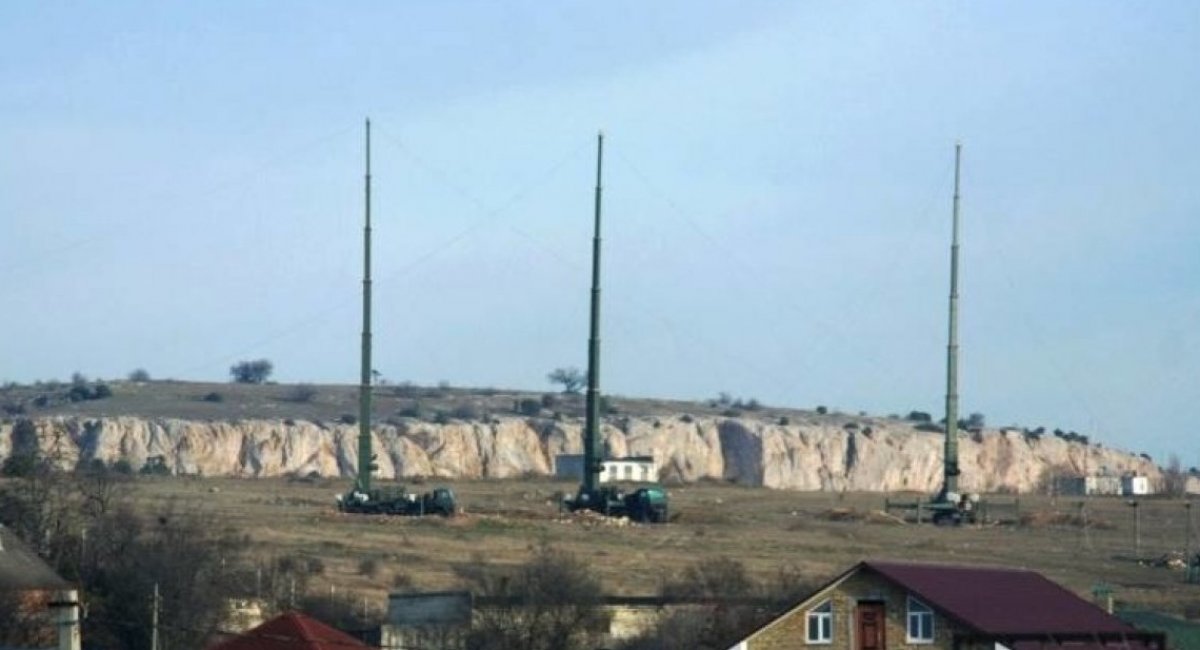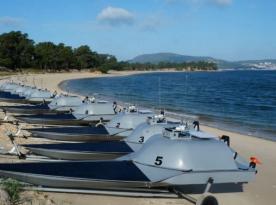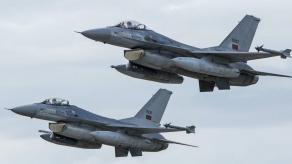Recently, Polish and German researchers gathered evidence of russian electronic warfare (EW) activity in the Baltic Sea region. Since 2022, these systems have been disrupting civilian maritime and air traffic by jamming satellite navigation systems and, more recently, by spoofing their coordinates.
These disruptive russian operations have been regularly detected in cities and countries bordering the Baltic Sea, especially in Estonia and Poland. Over the past few years, thousands of aircraft and ships have been affected — some forced to cancel flights, and in certain cases, even entire airports had to shut down temporarily.
Read more: Poland to Increase 155mm Shell Production Ninefold, Still Falls Short of Demand
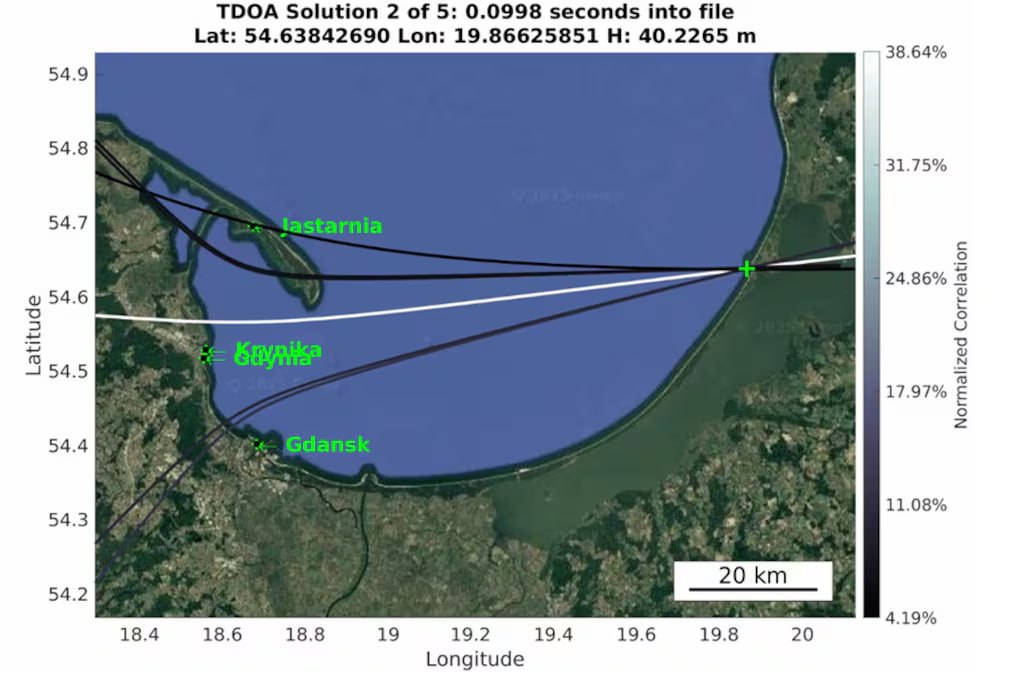
Using triangulation methods, Polish experts identified two locations on the Baltic coast of Kaliningrad where recent EW signals originated. Both are situated near well-known russian EW military units.
In April and May of 2025, attacks were traced to the antenna field in Okunevo, near the city of Baltiysk. This area hosts a dense cluster of antennas, some likely part of stationary EW installations.
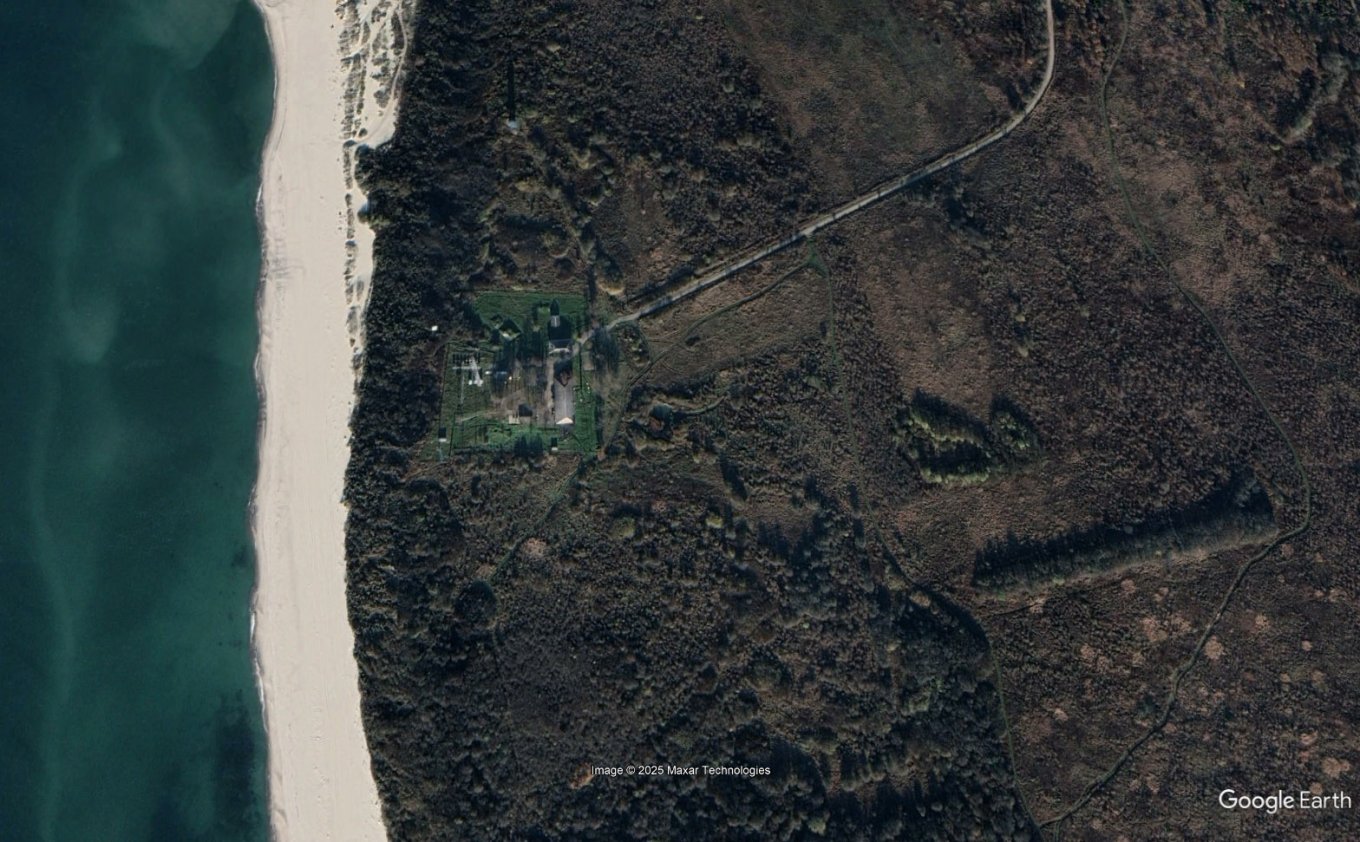
In addition to fixed systems, mobile EW units have also been observed near Okunevo — notably the strategic-level Murmansk-BN complex. According to Defense News, the Murmansk-BN is designed to intercept and suppress shortwave communications with a claimed, though unverified, range of up to 5,000 km. It is equipped with a massive folding antenna structure reaching up to 32 meters high — large for a mobile system. In Kaliningrad Oblast, it is operated by the 841st Separate EW Center of the russian Baltic Fleet, having entered service there only in 2018.
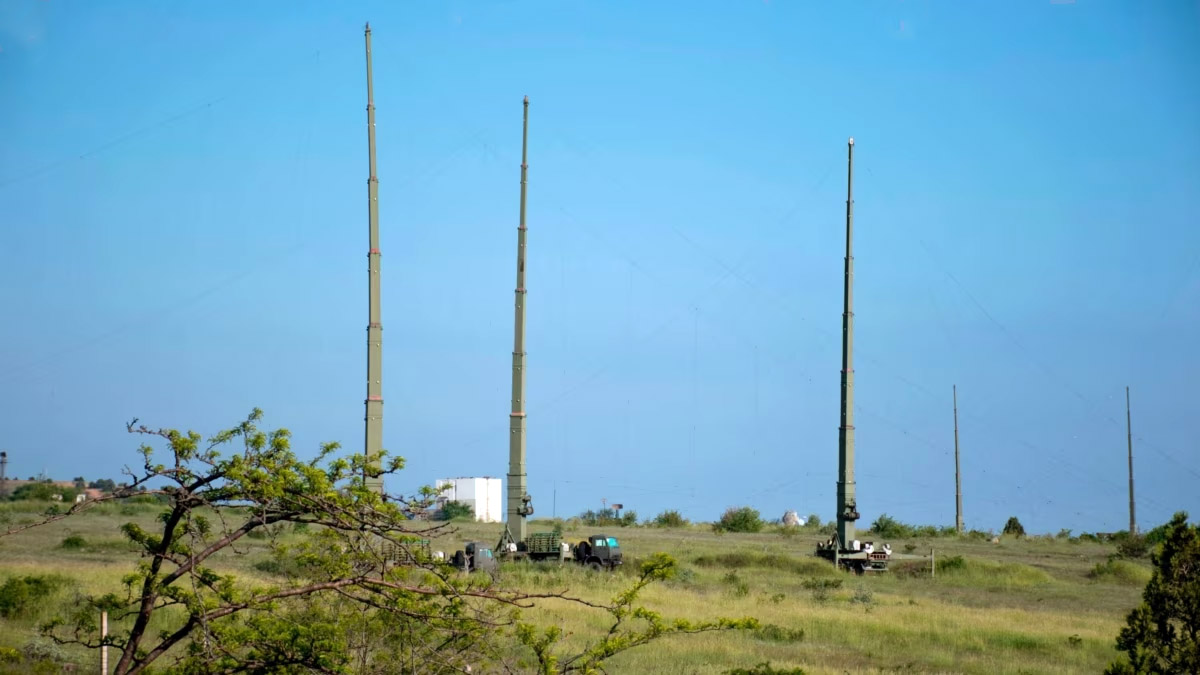
Interestingly, Polish researchers observed that the effectiveness of russian EW appears highly dependent on weather conditions. For example, interference reaches Gdańsk mostly during warm weather, while in colder months, signals are nearly undetectable. This explains why Gdańsk experienced little interference in winter, but disruptions resumed with the arrival of spring.
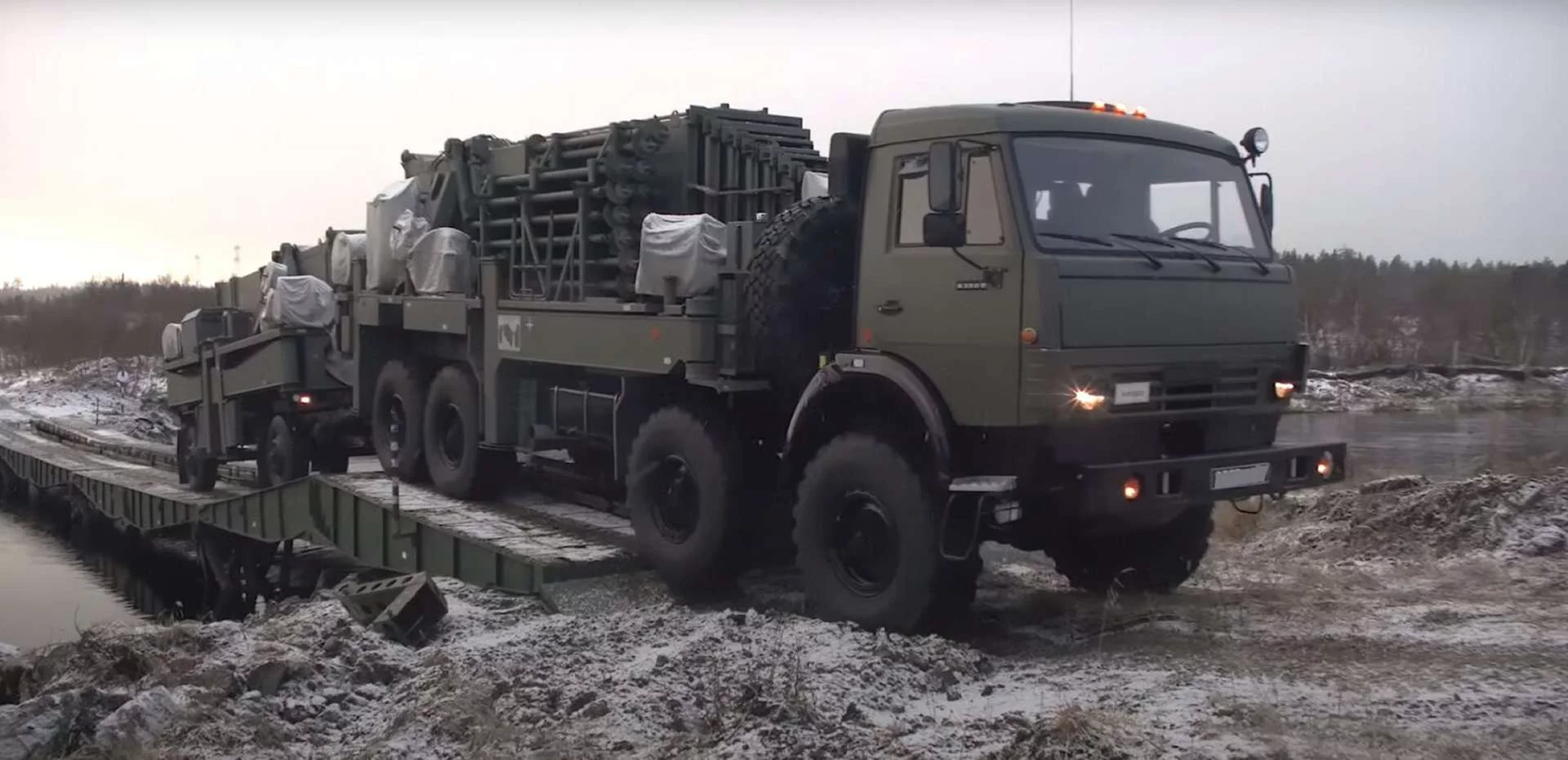
To date, five European countries — Estonia, Latvia, Lithuania, Sweden, and Germany — have officially declared russia’s EW activity a form of hybrid warfare aimed at undermining civil order. However, not all agree with this assessment. Some argue the disruptions are accidental or a side effect of defensive measures, pointing to the weather-related patterns and claiming russia uses EW to protect military facilities from drone threats.
But protecting such sites would require smaller and less powerful systems. Moreover, the only realistic way for drones to reach russian facilities in Kaliningrad would be through launches from within Kaliningrad itself — something nearly impossible to execute under current conditions.
Thus, jamming neighboring regions serves no defensive purpose. ussia’s actions appear less like unintended consequences and more like deliberate acts of electronic terrorism — cloaked in plausible deniability.
Read more: Setup and Innovation of Atlas, the EW System Now in Service With Ukraine's National Guard




